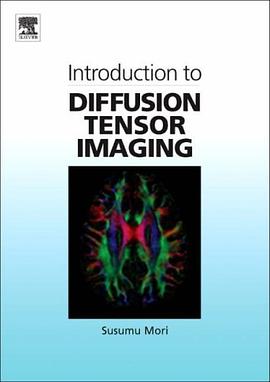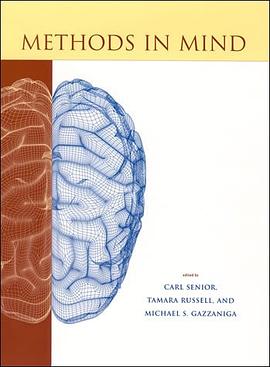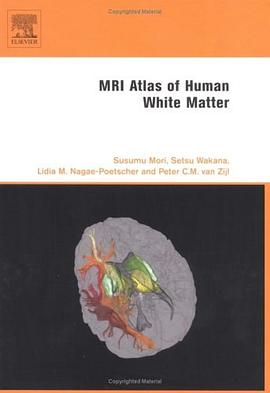Introduction to Diffusion Tensor Imaging 豆瓣
作者:
Mori, Susumu
Elsevier Science Ltd
2007
- 5
Description
The concept of Diffusion Tensor Imaging (DTI) is often difficult to grasp, even for Magnetic Resonance physicists. Introduction to Diffusion Tensor Imaging uses extensive illustrations (not equations) to help readers to understand how DTI works. Emphasis is placed on the interpretation of DTI images, the design of DTI experiments, and the forms of application studies. The theory of DTI is constantly evolving and so there is a need for a textbook that explains how the technique works in a way that is easy to understand - Introduction to Diffusion Tensor Imaging fills this gap.
* Uses extensive illustrations to explain the concept of Diffusion Tensor Imaging
* Easy to understand, even without a background in physics
* Includes sections on image interpretation, experimental design and applications
Audience
The book is targeted toward students (with Biology and Medicine major), researchers (in Radiology, Neurology, Psychology, Psychiatry, Geriatric, Paediatric and Neuroscience), and clinicians with or without a background in physics.
The concept of Diffusion Tensor Imaging (DTI) is often difficult to grasp, even for Magnetic Resonance physicists. Introduction to Diffusion Tensor Imaging uses extensive illustrations (not equations) to help readers to understand how DTI works. Emphasis is placed on the interpretation of DTI images, the design of DTI experiments, and the forms of application studies. The theory of DTI is constantly evolving and so there is a need for a textbook that explains how the technique works in a way that is easy to understand - Introduction to Diffusion Tensor Imaging fills this gap.
* Uses extensive illustrations to explain the concept of Diffusion Tensor Imaging
* Easy to understand, even without a background in physics
* Includes sections on image interpretation, experimental design and applications
Audience
The book is targeted toward students (with Biology and Medicine major), researchers (in Radiology, Neurology, Psychology, Psychiatry, Geriatric, Paediatric and Neuroscience), and clinicians with or without a background in physics.


